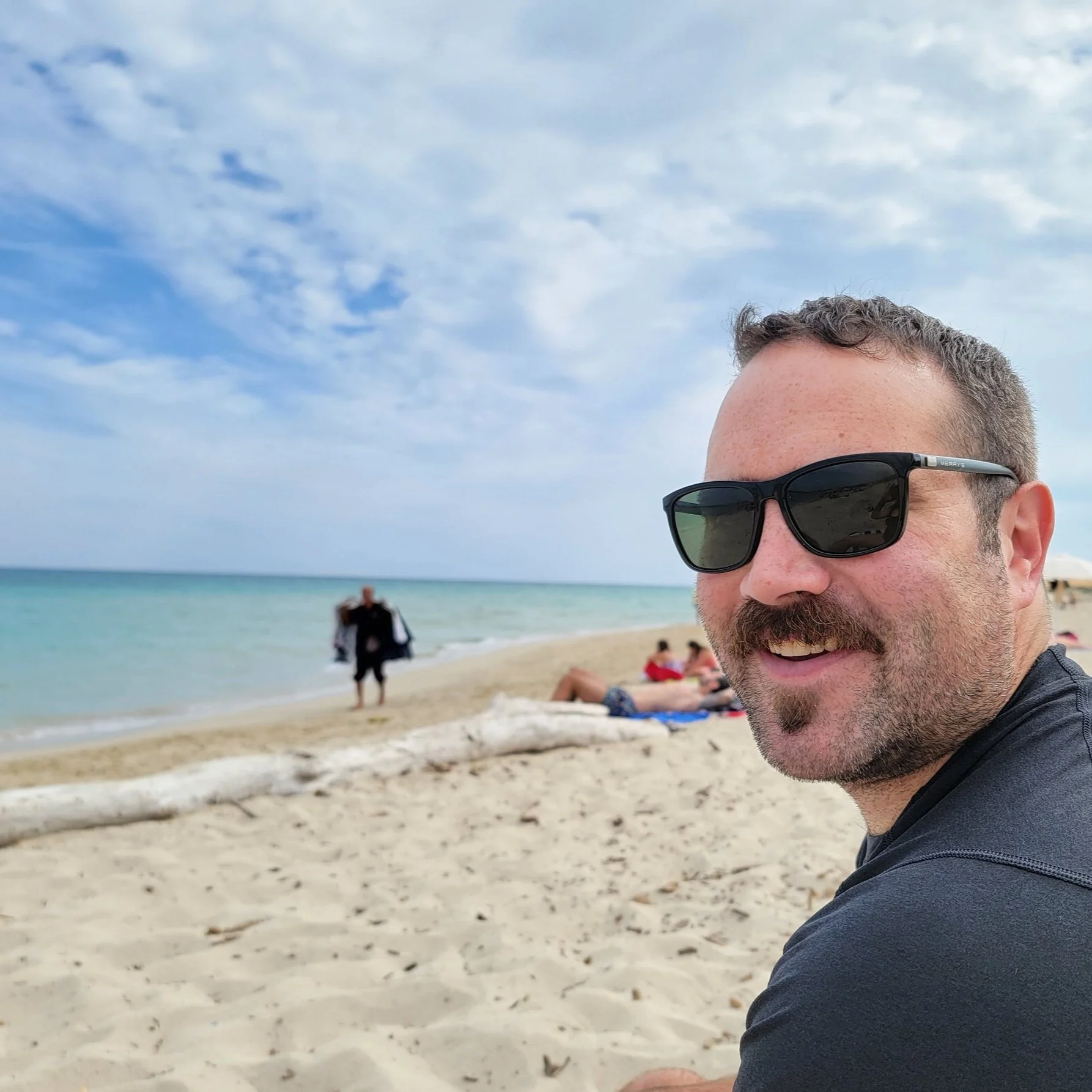Market day in Ostuni
This morning started with a trip to Ostuni’s market. It was quite the event and was quite large relative to the size of Ostuni. It was really impressive that despite the market taking place outside 95% of people wore their masks since it was close quarters. The fruits and vegetables were amazing and we picked up a few things to make our own dinner. Like most everywhere else we went in Puglia (except maybe Alberobello) we were the only Americans and there were only a handful of other tourists. It definitely made for a fun morning and a delicious dinner later. The market is located here on the outskirts of the more modern part of the city, but is easily reached on foot from the historic center in less than 10 minutes.
After the market, we headed out to a beach nearby to Ostuni where we hoped to be able to see one of the watchtowers built during the 15th-16th century by Charles V (many on the ruins or foundations of earlier 12th century towers) to protect residents from the constant incursions from the Ottomans and pirates. We arrived at the beach only to be redirected to a distant parking lot by an attendant, from there you had to take a little train to the beach. The parking was 5 Euro and the train included. Unfortunately, when we arrived at the beach, we discovered that the tower was quite distant from the beach about two miles of walking in the sand. Instead, we opted to plop ourselves down and enjoy the pretty, sandy beach and try to reach another one of the towers later.
We did find one of the towers later in a little town named for the tower, Torre Santa Sabina. There wasn’t much here other than the tower and a few restaurants that were winding down from lunch, so we opted to head back to Ostuni. We had a bit of a walk and Colin was able to fly his drone a bit.
We also visited the museum in Ostuni which houses the remains of a remarkable find dating to 26,000 BC of a pregnant woman. Her death is surrounded by a bit of mystery, was she ritually killed, was she having trouble giving birth, perhaps suffering from eclampsia, and killed as a mercy. It seems slightly unclear. What is interesting is that this site where the so called “Lady of Ostuni” was found was later used as a sanctuary of Demeter during the Greek occupation of the area and a sanctuary to the Virgin Mary from the medieval up until the modern period. It is just a remarkable find and piece of history. The similarities to the look of the Venus of Willendorf figurine, which dates to roughly the same period, are quite striking. This is especially true of the red beaded cap that both seem to wear.
Later windy and rainy weather moved in and we were glad we had decided to make dinner at the Airbnb that night. Using sausage, tomatoes, and caciocavallo from the market, and cavatelli gifted to us by our Airbnb hosts in matera we attempted to riff on the pasta dish Colin had our first night in Ostuni. It turned out pretty well. We complemented it with a lovely wine from Masseria Li Velli.
































